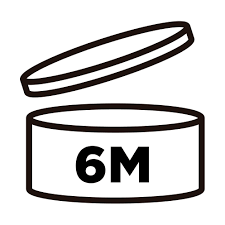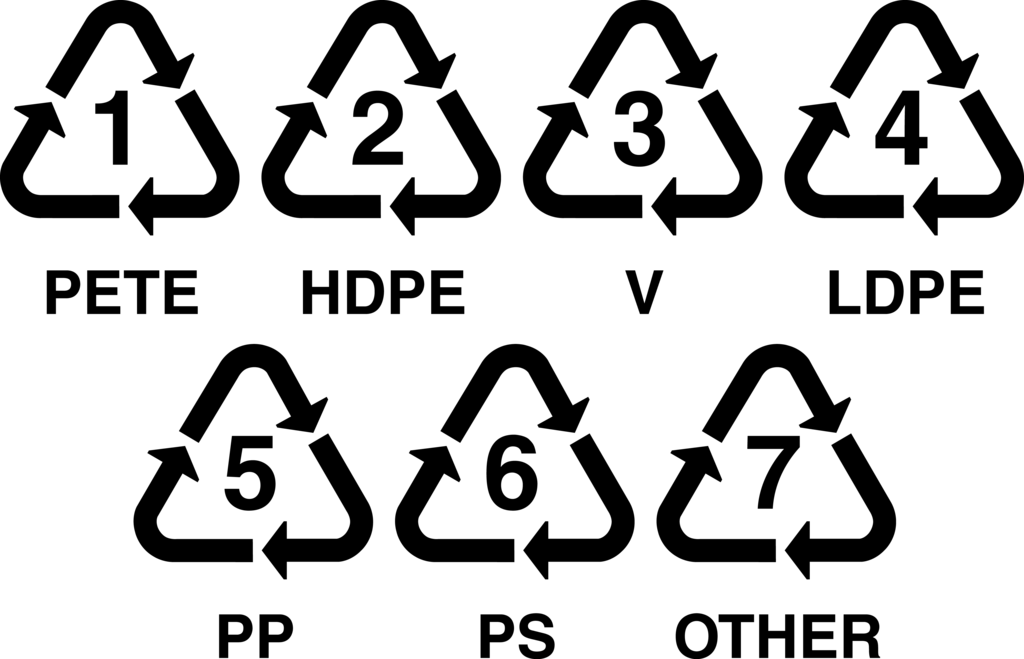In 2019 alone, Singapore retailed a total of 142 million units of Cosmetics Packaging, with a vast majority of these packaging waste ending up our only landfill, Pulau Semakau.
And no, it’s not just the vain pots and their endless array of makeup and skincare products who are contributing to this. Did you know? The definition of cosmetics includes personal hygiene items such as hair and body care products.
So, when we say 142 million units of cosmetics packaging, we are all contributors to that amount. So, how can we then do our part to reduce waste in our cosmetics routine and be a more conscious citizen?
Here’s a guide for you to take the first step!
…
Step 1: Stock take and declutter

More often than not, we own more products than we actually need or use. Hence, the first step is essentially reducing the number of products you own.
How? Simple! Just by getting a better understanding of the cosmetics that you use the most often. From time to time, do a stock take of your cosmetics products and declutter them. This way, you will be able to keep your cosmetics inventory in check and ensure that you don’t have any unnecessary products.
Here is a guideline to help with the process:
1. What is the purpose of this product?
Group your products according to their purpose. This gives you a clearer picture of what you have, and at the same time, helps to keep things organised.
2. Does this product serve its purpose well?
Start by arranging the products according to their effectiveness and suitability. Remove products that are ineffective or unsuitable for you.
3. How often do you use it? Will you be able to finish it before its expiry date?
Here comes the tricky, but crucial, part – deciding if you actually need the product.
Cosmetics have a limited shelf life and should not be kept for long after the first use. Hoarding items with the mindset that they will come in handy one day will only result in more wastage.
Remove items that you will not use often and be brutal with this step! If you’re having troubles with decisiveness, use this additional guideline of ‘If I have not used this item X times in the past X week, I will remove it”.
4. Assess the condition and function of the products that you have removed.
Where appropriate, you can sell, swap or gift them to your circle of friends or at online Marketplaces on Facebook and Telegram channels.
To help you out in your stocktaking journey, we’ve compiled a list of common symbols found on cosmetic products and what they stand for below:

This symbol indicates that the “period after opening” duration for the product. The number indicates the duration where the product will remain in good condition after being used for the first time (e.g. 12 months).

This green dot symbol is a trademark used to signify that the producer has made a contribution towards the recovery and recycling of packaging in Europe. This does not mean that the product can be recycled.

The plastic classification symbol indicates the type of plastic used in the packaging. This is not to be confused with the recycling symbol as not all plastics are recyclable.

Mobius loop and its alternatives symbols used in different countries indicate that the item can be recycled.

Mobius loop within a circle indicates that the item can be recycled, and contains recycled materials or is made from recycled materials. The version with a solid black background often indicates 100% recycled materials, while the other indicates products containing both recycled and non-recycled materials.
…
Step 2: Opt for less or no packaging with your cosmetics

If you need to purchase new cosmetics, why not look for those with less or no packaging?
We often hear that a sustainable lifestyle means greater expenses and inconvenience. However, this is often not true! Zero waste products such as bar soaps can easily be found in neighbourhood supermarkets and are often cheaper than liquid soaps.
Here are some examples of products with less or no packaging:
Refill pouches
One alternative to buying new bottles of cosmetics is to opt for refill pouches instead. They can be found at stores such as Watsons or Guardian. In fact, even speciality stores like L’Occitane now carry refill pouches for their products!
While refill pouches still produce packaging waste, they generally take less resources to produce, thus also reducing the impact they have on the environment.
Zero waste
Better yet, consider zero waste products! Zero waste products refer to products with no packaging waste. We know it sounds intimidating to generate absolutely no trash but it can be as simple as switching from liquid soap to bar soap.
In fact, go one step further and consider imperfect items (such as our imperfect vegan soap bars) to give life to perfectly functional items that would otherwise have gone to waste. As an extra perk, these items usually come at a discount!
Refillery
As an extension of zero waste products, you can also consider patronising a refillery. More refilleries have been popping up across the island in recent years; all you need to do is to bring your empty bottles along to refill with soap, shampoo or conditioner. Why throw away good-as-new bottles after use when we can simply refill them?
To find the nearest zero waste store or refillery, check out this map by Bin There, Done That.
Although single use plastic contributes significantly to our carbon emissions, one common misconception is that alternative packaging made from biodegradable plastics, glass or paper is better. However, this is not necessarily true in Singapore as our waste is incinerated.
Read more: So, your trash goes into the incineration. Now what?
Greenhouse emissions for such alternatives from production to incineration remains the same, if not more. Instead of replacing, it is more productive to think of reducing consumption.
…
Step 3: Reuse, repurpose or recycle used cosmetics packaging

Out of convenience and habit, many of us throw away cosmetics packaging once we are done with them. However, this puts an end to the lifecycle of the packaging, making it a single use product. Before disposing of the packaging, first think of how we can reuse or repurpose it.
There are several ways to do so, from refilling your empties to repurposing an old perfume bottle as a diffuser. Get creative! Just imagine the amount of packaging waste you can save in a lifetime if you practice this step.
If reusing or repurposing the packaging is not possible, you can recycle them in-store. Recycling in-store reduces the risk of contamination that comes from leaving your trash in the blue bins as it is more closely monitored and managed by personnel.
To find the nearest in-store recycling, check out this map by Bin There, Done That. The Sustainability Project is also a drop off points for used packaging, accepting clean and used boxes, unwanted stickers, envelopes (A4/A5), scrap fabric, magazine paper, paper bags and unwanted baking papers.
Another way you can reduce packaging waste is through Honest & Gentle‘s Zero Waste Project, where you can exchange your used bottles or jars for discounts and freebies. If you trade in 5 bottles, you get 20% off your next purchase, as well as a free deodorant. How does that sound – saving money and our earth at the same time?
…
Engaging in sustainable cosmetics packaging is easier than you think. By practicing the three easy steps of taking stock of your cosmetics products, opting for less/no packaging, and engaging in the 3Rs, you are playing your part in reducing waste in your cosmetics routine.
Remember: Weigh your needs against your wants, take the conscious first step, and you are on your way to a more sustainable cosmetics lifestyle.
Keen to know more about sustainable cosmetics packaging? Join us on a journey beyond the bin at bintheredonethatsg.com or find us on Instagram/Facebook.


Thank you so much. I have learn something………